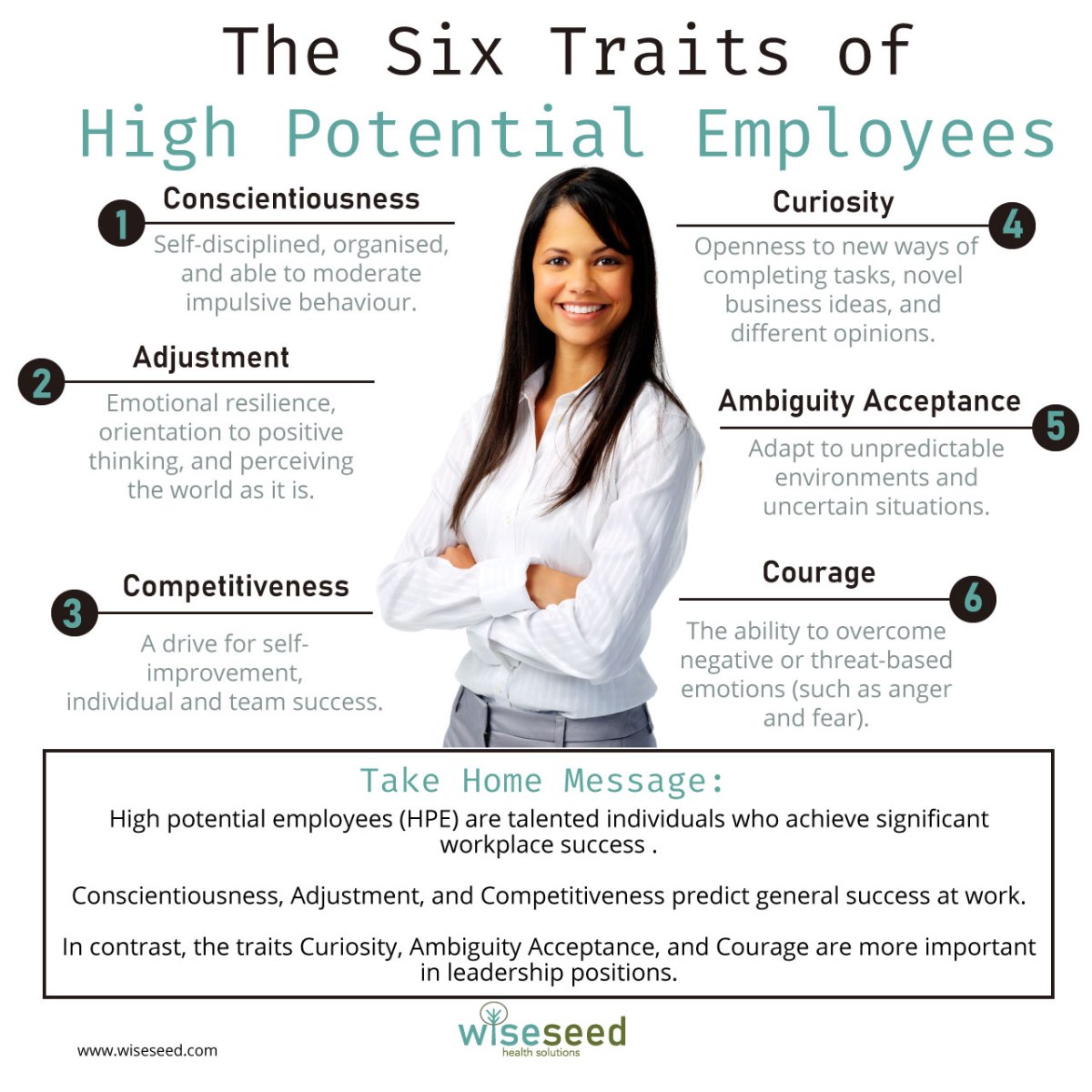5 Leadership Traits That Set High-Potential Employees Apart: Unlocking the secrets to identifying and nurturing future leaders isn’t about luck; it’s about recognizing specific traits. This guide dives into five key characteristics that consistently distinguish high-potential employees, providing practical examples and insights to help you spot and cultivate the next generation of impactful leaders within your organization. We’ll explore how proactive problem-solving, adaptability, communication prowess, initiative, and a commitment to continuous learning set these individuals apart.
Understanding these traits isn’t just about identifying talent; it’s about strategically developing it. By recognizing these five key areas, organizations can better support the growth of their high-potential employees, fostering a culture of leadership and innovation that benefits everyone.
Proactive Problem-Solving: 5 Leadership Traits That Set High-Potential Employees Apart
Proactive problem-solving is a hallmark of high-potential employees. It’s the ability to anticipate challenges and address them before they escalate into major issues, preventing disruptions and fostering efficiency. This contrasts sharply with reactive problem-solving, which involves addressing problems only after they’ve occurred.
Scenarios Requiring Proactive Problem-Solving
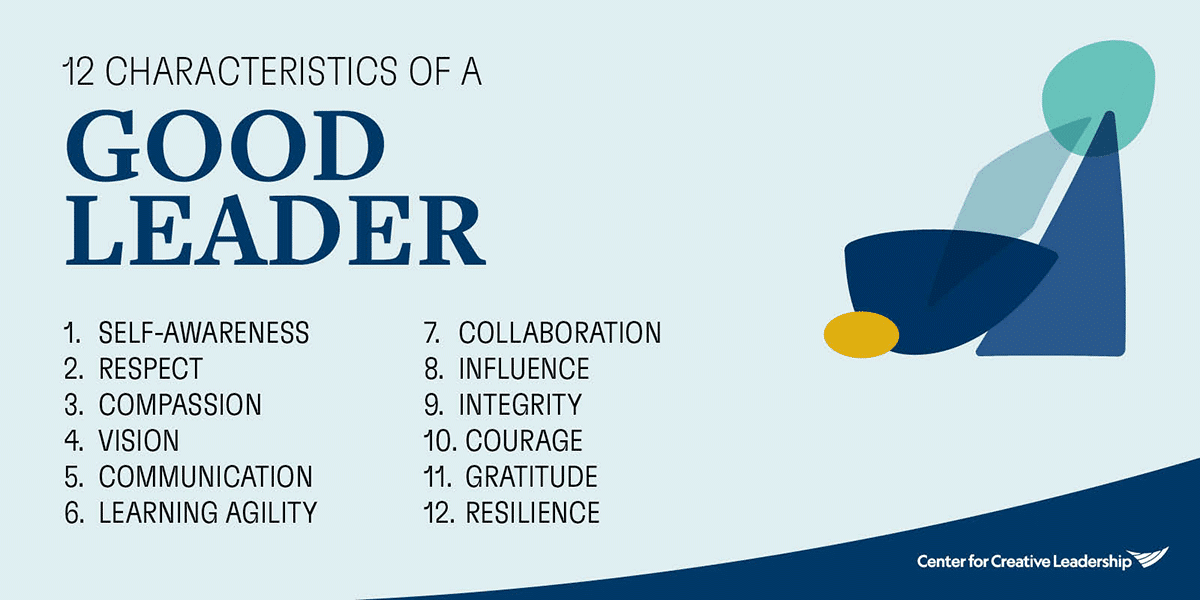
Several situations highlight the importance of proactive problem-solving. For example, a high-potential marketing manager might anticipate a potential drop in engagement with a new campaign and proactively develop contingency plans, such as A/B testing different ad creatives or adjusting the target audience. In software development, a proactive engineer might identify a potential bottleneck in the system’s architecture during the design phase and propose solutions before the code is even written.
So, you’re looking at 5 Leadership Traits That Set High-Potential Employees Apart? It’s all about proactive problem-solving and decisive action, skills that are really tested in crisis situations. Think about the impact of something like the emirates plane crash abu dhabi ; the response required incredible leadership to manage the aftermath effectively. Understanding how leaders handled that kind of pressure can help you better understand what makes a high-potential employee truly shine.
Developing those same traits is key to your own success.
Finally, a high-potential sales representative might anticipate objections from potential clients and prepare compelling counterarguments, increasing their closing rate.
Anticipating and Addressing Potential Problems
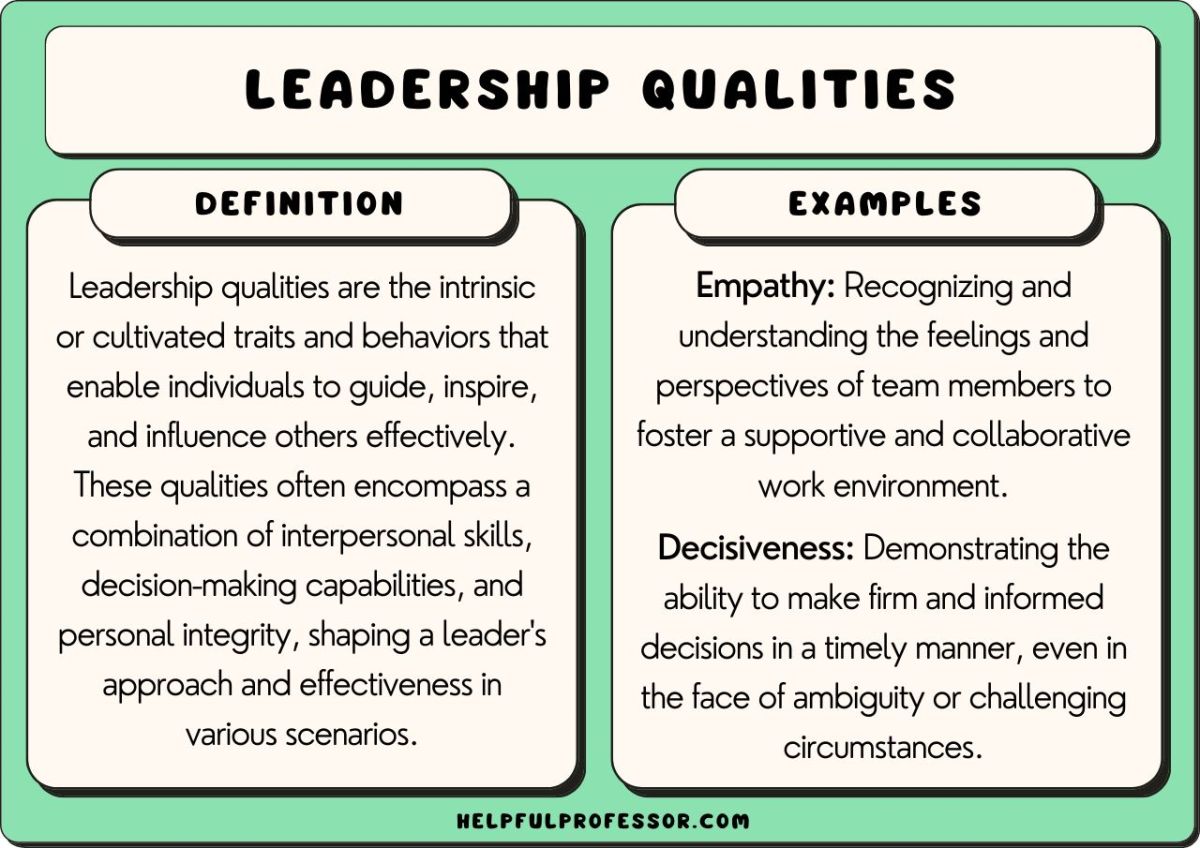
High-potential employees often leverage data analysis, industry trends, and past experiences to anticipate problems. For instance, a project manager might analyze past project timelines to identify potential delays and proactively adjust schedules. They might also build in buffer time to account for unforeseen circumstances. A high-potential employee would not wait for a problem to manifest; they’d actively seek it out.
Want to know what separates high-potential employees? Five key leadership traits consistently shine through, including things like proactive problem-solving and strong communication. Learning about these traits can help you develop your own leadership skills, much like how athletes like those mentioned in the news, for example, PROWSE COMMITS TO PRINCETON , demonstrate dedication and commitment to their chosen path.
Ultimately, mastering these traits is crucial for career advancement and success.
Reactive vs. Proactive Problem-Solving
The difference between reactive and proactive problem-solving lies in the timing of the response. Reactive problem-solving is firefighting; addressing issues only after they’ve become critical. For example, a company experiencing a sudden drop in sales might scramble to find a solution, often resulting in rushed and less effective strategies. In contrast, a proactive approach involves anticipating potential drops in sales, analyzing market trends, and implementing preventative measures well in advance.
Comparison of Employee Approaches to Challenges
| Challenge | High-Potential Employee | Average Employee |
|---|---|---|
| Decreased Sales | Analyzes market trends, adjusts marketing strategy, develops new sales initiatives. | Reacts to the decline, often with short-term solutions that lack long-term impact. |
| Project Delay | Identifies potential bottlenecks early, adjusts timelines, and proactively communicates updates. | Addresses delays reactively, often leading to increased stress and cost overruns. |
| Technical Glitch | Predicts potential system failures, implements preventative measures, and has backup plans in place. | Fixes the problem only after it disrupts operations, leading to downtime and customer dissatisfaction. |
Adaptability and Resilience
In today’s dynamic work environment, adaptability and resilience are crucial for success. High-potential employees demonstrate these traits by navigating change effectively, bouncing back from setbacks, and maintaining productivity under pressure.
Adaptability in Fast-Paced Environments
High-potential employees demonstrate adaptability by embracing change, learning new skills quickly, and adjusting their approach as needed. They are comfortable with ambiguity and uncertainty, viewing them as opportunities for growth rather than threats. For example, an employee might quickly adapt to a new software system or a change in team structure, demonstrating flexibility and a willingness to learn.
Bouncing Back from Setbacks and Learning from Failures
High-potential employees view setbacks as learning opportunities. They analyze their mistakes, identify areas for improvement, and adjust their strategies accordingly. Instead of dwelling on failures, they focus on solutions and future success. For example, after a project fails to meet expectations, a high-potential employee would conduct a thorough post-mortem analysis to understand the reasons for failure and implement preventative measures for future projects.
Managing Stress and Maintaining Productivity
High-potential employees employ various strategies to manage stress and maintain productivity, such as prioritizing tasks, setting realistic goals, and utilizing time management techniques. They also seek support from colleagues and mentors when needed. They understand the importance of work-life balance and actively manage their workload to prevent burnout.
Behaviors Demonstrating Adaptability and Resilience
- Embracing new challenges and opportunities
- Learning from mistakes and adapting strategies
- Remaining calm and focused under pressure
- Seeking feedback and using it to improve performance
- Maintaining a positive attitude and outlook
Effective Communication
Effective communication is essential for building strong relationships, collaborating effectively, and achieving organizational goals. High-potential employees are adept at tailoring their communication style to different audiences and situations, ensuring their message is clearly understood and well-received.
Adapting Communication Styles
High-potential employees understand and utilize different communication styles. They might use a direct and assertive style with their team, a more collaborative style with clients, and a supportive style with junior colleagues. They recognize that the same message delivered differently can have vastly different effects. For instance, a technical explanation to a software engineer might differ significantly from a concise summary for a non-technical executive.
Building Relationships Through Communication
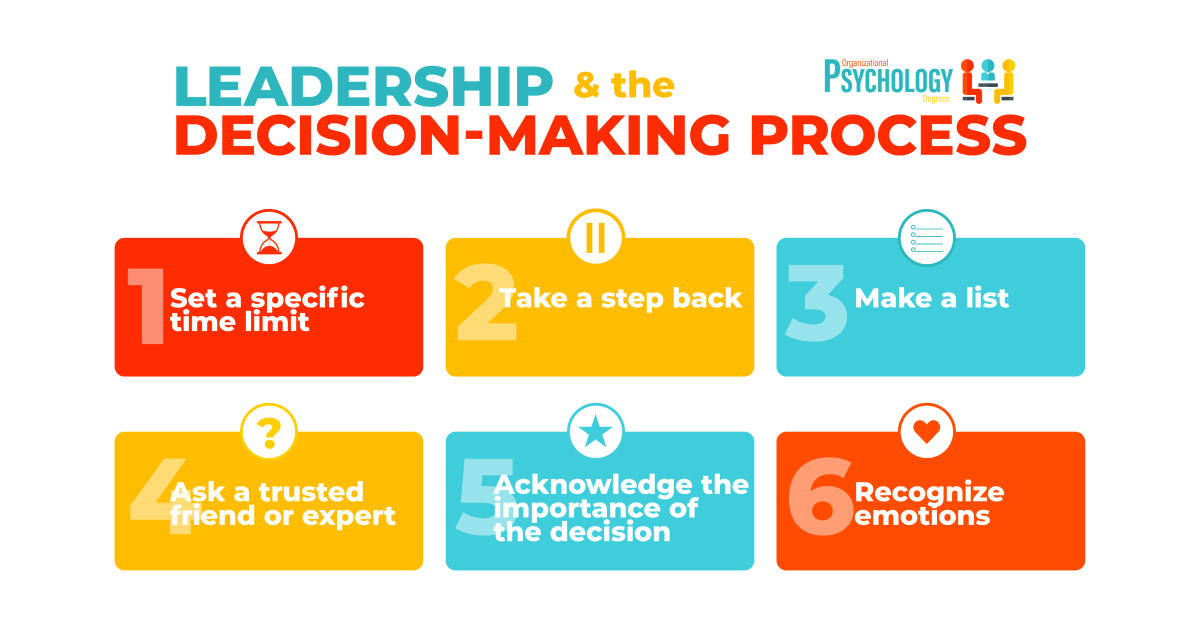
High-potential employees use communication to build rapport and trust. They actively listen to others, show empathy, and provide constructive feedback. They communicate their ideas clearly and concisely, fostering collaboration and a sense of shared purpose. For example, they might proactively check in with team members, celebrate successes, and offer support during challenging times.
The Importance of Active Listening
Active listening is a crucial component of effective communication. High-potential employees pay close attention to what others are saying, both verbally and nonverbally. They ask clarifying questions, summarize key points, and demonstrate genuine interest in others’ perspectives. This fosters understanding, builds trust, and improves the overall communication process.
Handling Difficult Conversations
High-potential employees approach difficult conversations with empathy and professionalism. They prepare in advance, articulate their points clearly and respectfully, and actively listen to the other person’s perspective. They aim to find mutually acceptable solutions and maintain a positive working relationship even after disagreements.
Initiative and Ownership
High-potential employees consistently demonstrate initiative and ownership, going above and beyond their assigned tasks and taking responsibility for their actions and outcomes. They proactively identify opportunities for improvement and take the lead in implementing solutions.
Taking Initiative Beyond Assigned Tasks
High-potential employees are proactive in identifying areas where they can contribute beyond their job descriptions. They might volunteer for new projects, offer assistance to colleagues, or identify and address potential problems before they escalate. For example, they might notice a process inefficiency and propose a solution, even if it’s not directly related to their current responsibilities.
Taking Ownership of Projects
High-potential employees don’t just complete tasks; they take ownership of projects from start to finish. They are accountable for the outcomes and actively manage the process to ensure success. They anticipate potential challenges, proactively address them, and communicate progress effectively to stakeholders.
Responsibility vs. Ownership, 5 Leadership Traits That Set High-Potential Employees Apart
Responsibility implies accountability for completing a task, while ownership involves a deeper commitment to the project’s success. An employee might be responsible for writing a report but might not necessarily own the project’s overall outcome. In contrast, an employee who owns the project is invested in its success and will go the extra mile to ensure it meets its objectives.
Steps to Demonstrate Initiative on a New Project
| Step | Action |
|---|---|
| 1. Identify a Need | Research areas for improvement or new opportunities within the organization. |
| 2. Develop a Proposal | Artikel the project’s goals, scope, and timeline. |
| 3. Secure Buy-in | Present the proposal to relevant stakeholders and obtain their approval. |
| 4. Execute the Project | Manage the project’s execution, addressing challenges and ensuring timely completion. |
Continuous Learning and Growth
High-potential employees are committed to lifelong learning and continuous improvement. They proactively identify their skill gaps, seek opportunities for development, and stay current with industry trends.
Identifying Skill Gaps and Seeking Improvement
High-potential employees regularly assess their skills and identify areas for improvement. They use feedback from colleagues, managers, and self-reflection to pinpoint their weaknesses and create a plan for development. They might utilize tools like 360-degree feedback assessments or skill gap analyses to identify areas needing attention.
Utilizing Resources for Skill Enhancement
High-potential employees leverage various resources to enhance their skills, such as mentoring programs, professional development courses, online learning platforms, and industry conferences. They actively seek out opportunities to learn from experienced professionals and expand their knowledge base. They might also seek out challenging assignments to stretch their abilities.
Staying Current with Industry Trends
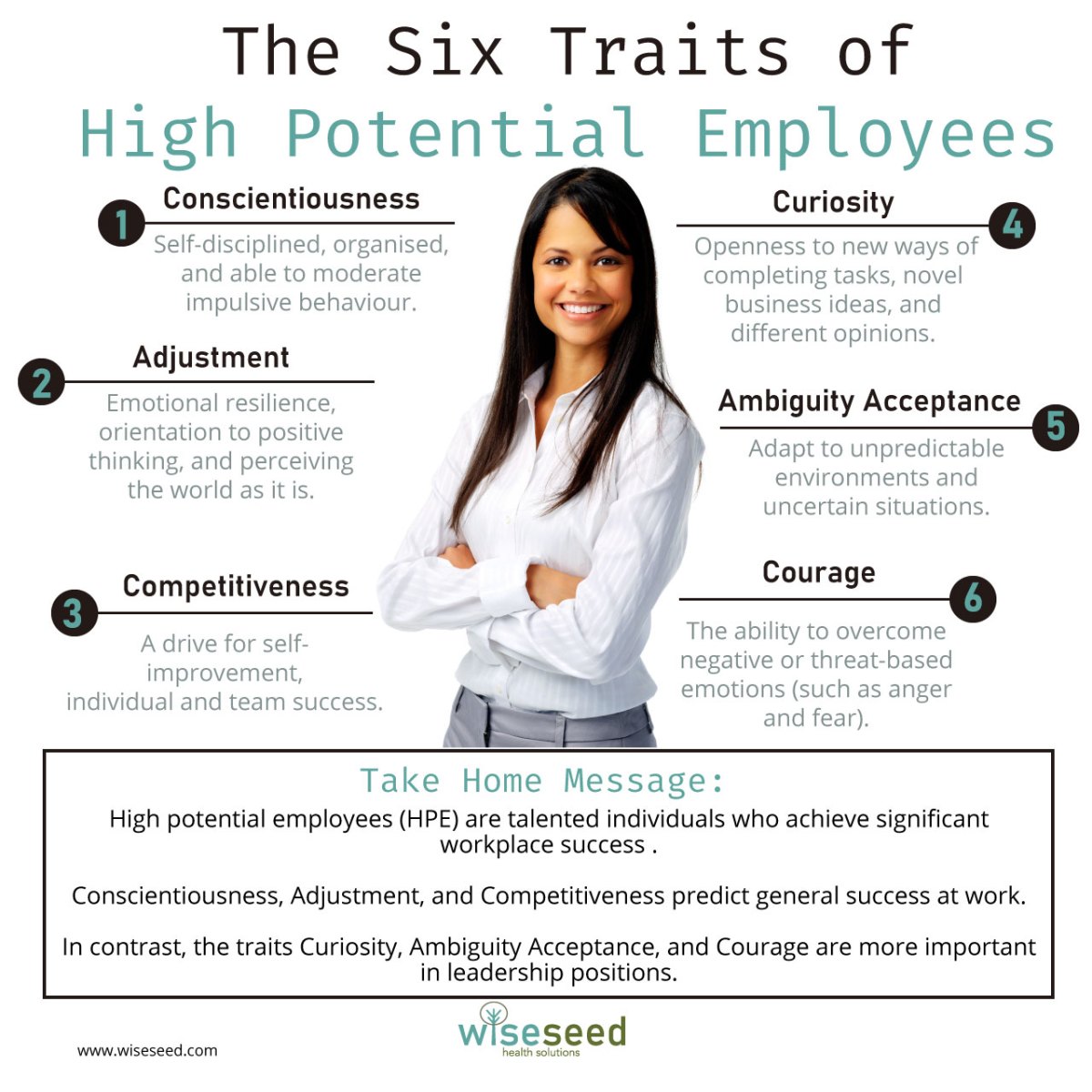
High-potential employees stay abreast of industry trends and best practices through various means, such as reading industry publications, attending conferences, networking with peers, and participating in online communities. They understand that continuous learning is essential for maintaining a competitive edge in a rapidly evolving landscape.
Seeking a Challenging Assignment
Sarah, a high-potential marketing analyst, identified a gap in her skills regarding data visualization. She proactively sought out a challenging project involving creating interactive dashboards for senior management. This assignment provided her with valuable hands-on experience, significantly improving her data visualization skills and boosting her confidence.
Conclusive Thoughts
In conclusion, recognizing and nurturing the five leadership traits discussed—proactive problem-solving, adaptability and resilience, effective communication, initiative and ownership, and continuous learning—is crucial for developing high-potential employees into impactful leaders. By fostering these qualities within your organization, you’re not just building a stronger team; you’re investing in the future success of your entire company. Remember, identifying potential is only the first step; providing the right support and opportunities is key to unlocking their full leadership capabilities.
Popular Questions
How can I measure these traits in potential employees during the interview process?
Use behavioral interview questions focusing on past experiences. Ask candidates to describe situations where they demonstrated problem-solving, adaptability, communication skills, initiative, and a commitment to learning. Look for specific examples and assess their approach.
What if an employee possesses some but not all of these traits?
Focus on strengths and provide targeted development opportunities to address weaknesses. Mentorship and training programs can help employees cultivate missing traits.
So you’re looking at 5 Leadership Traits That Set High-Potential Employees Apart? Think about it like this: successful leaders often display innovative thinking, much like the engineers behind the antigravity drone project. That kind of forward-thinking, problem-solving approach is crucial; it’s a key trait that separates high-potential employees from the rest, fostering a culture of progress and pushing boundaries in their respective fields.
Ultimately, mastering these 5 traits is about proactive innovation.
How can I create a workplace culture that encourages these traits?
Foster open communication, provide challenging opportunities, encourage feedback and learning, recognize and reward initiative, and create a supportive environment where employees feel safe to take risks and learn from mistakes.
